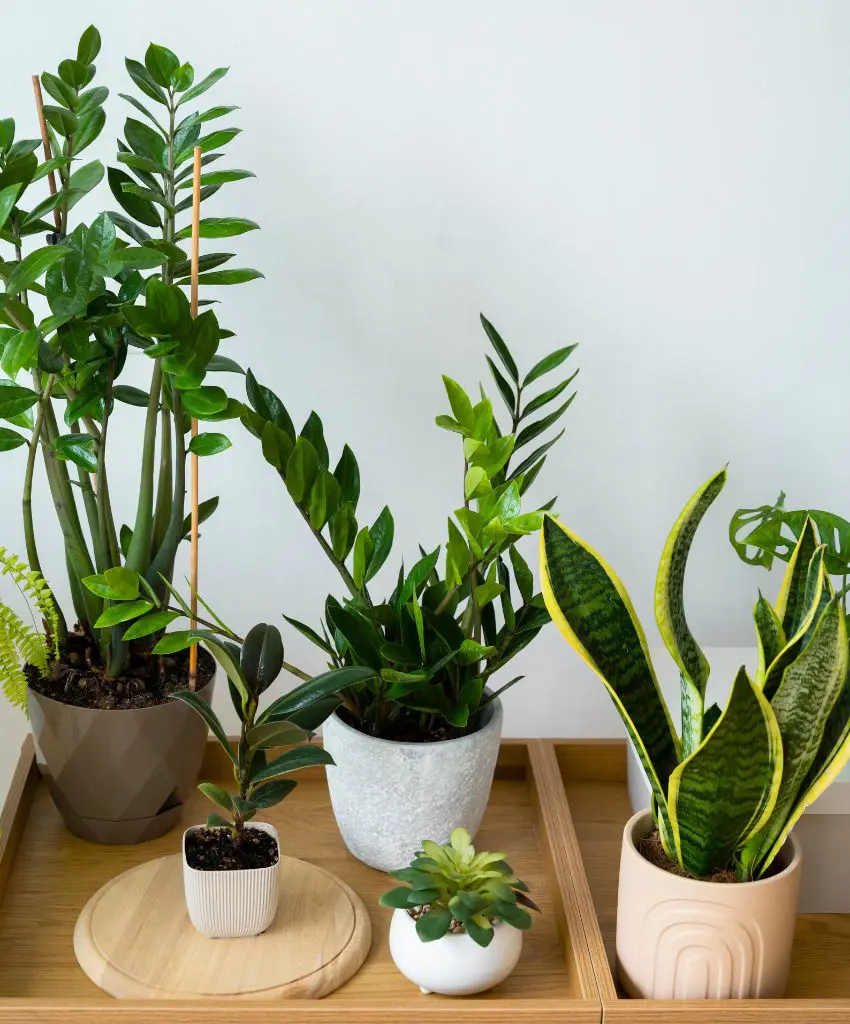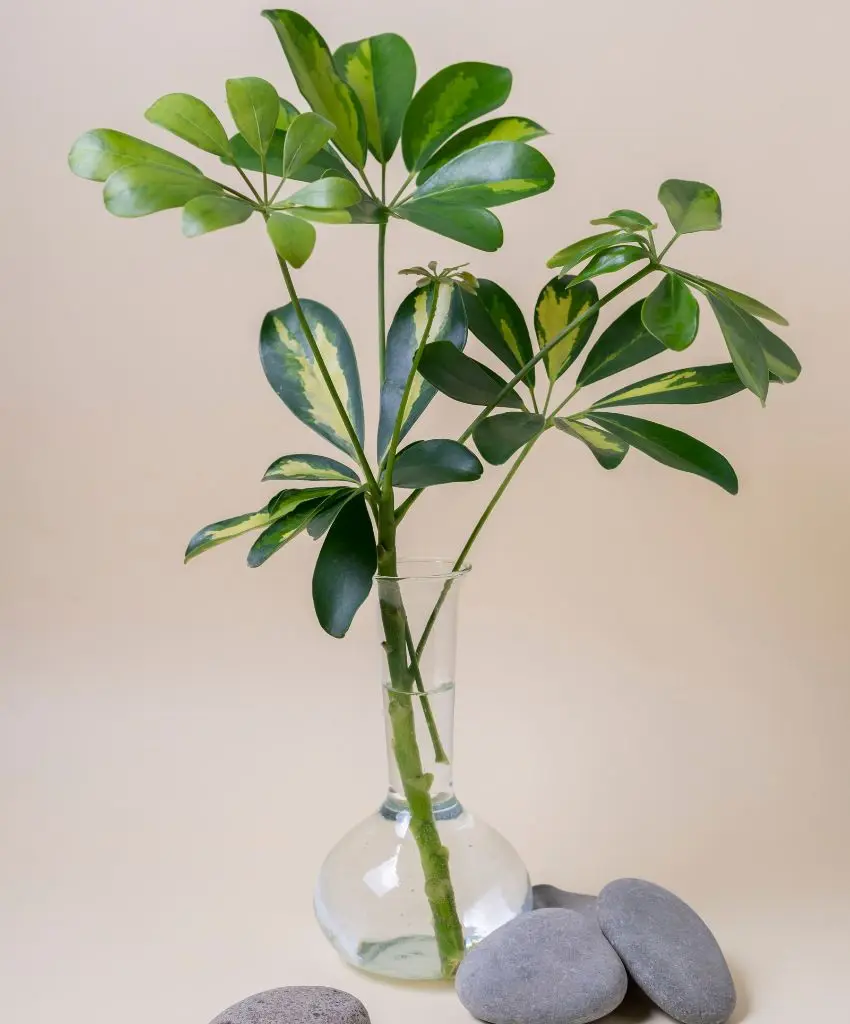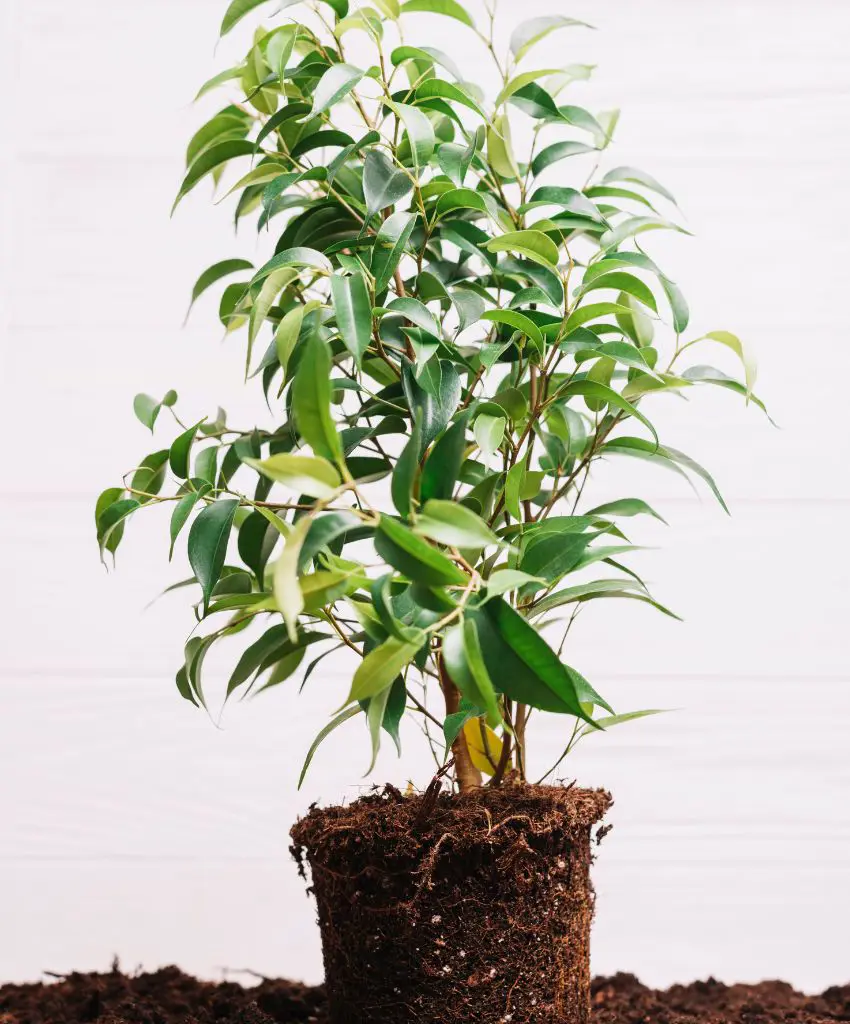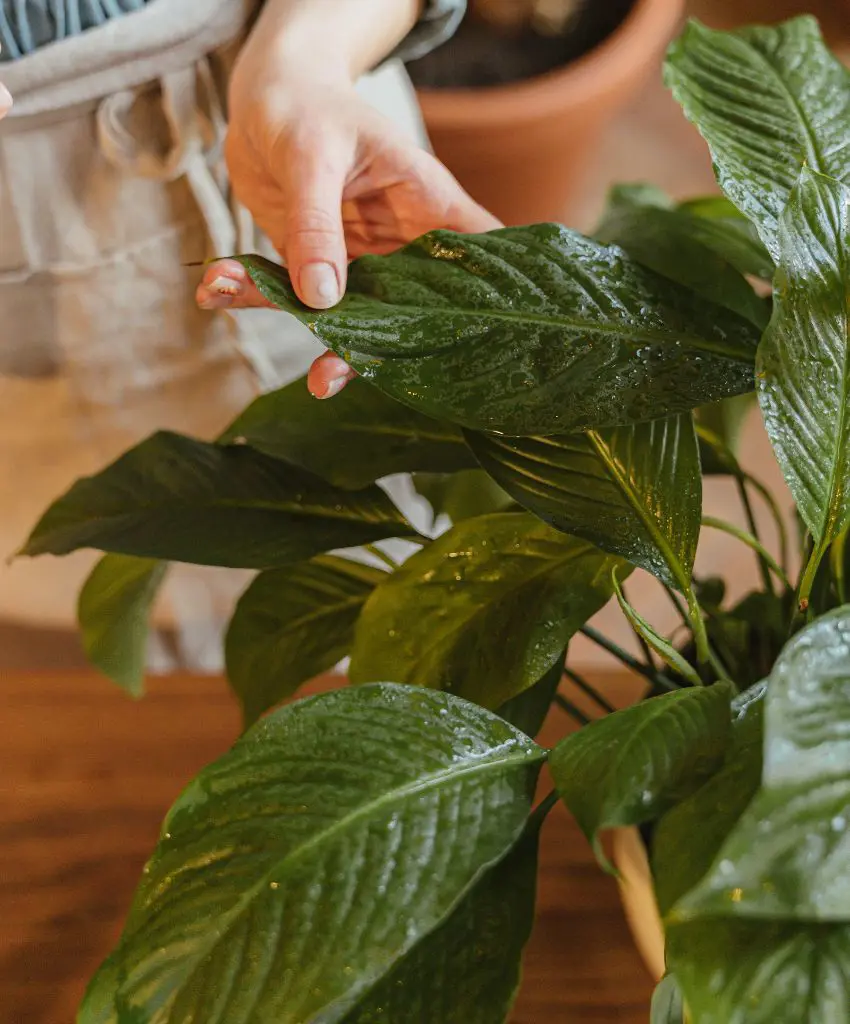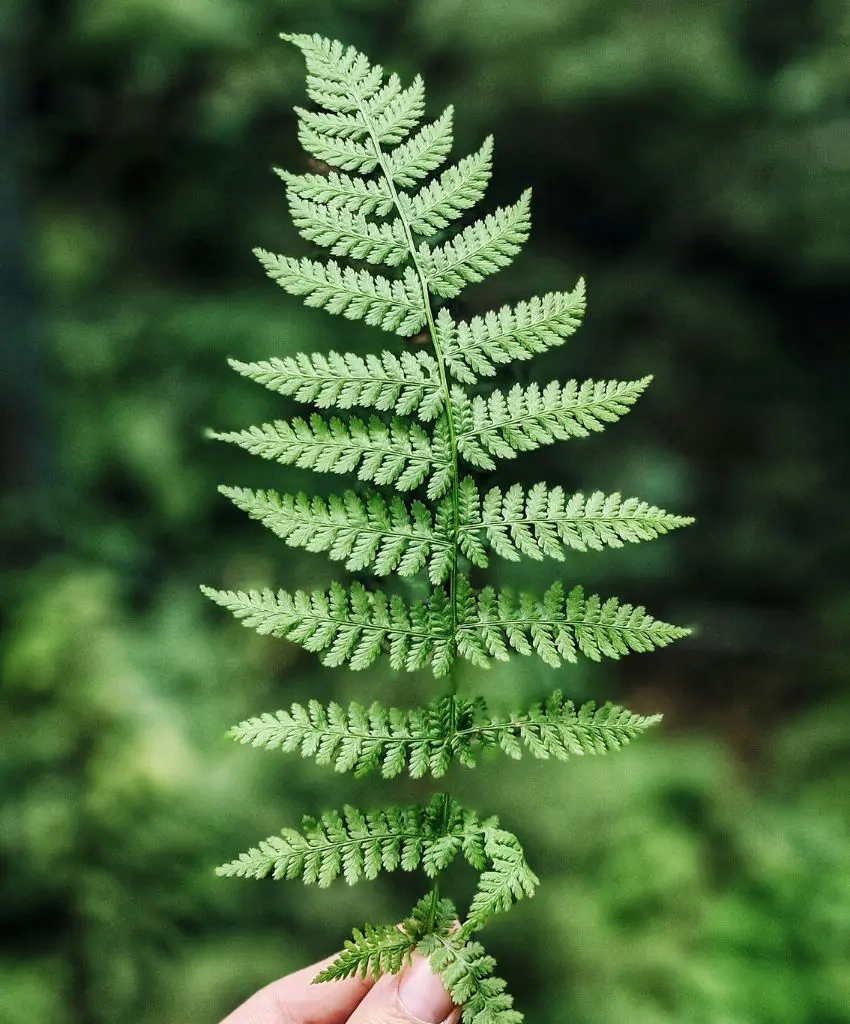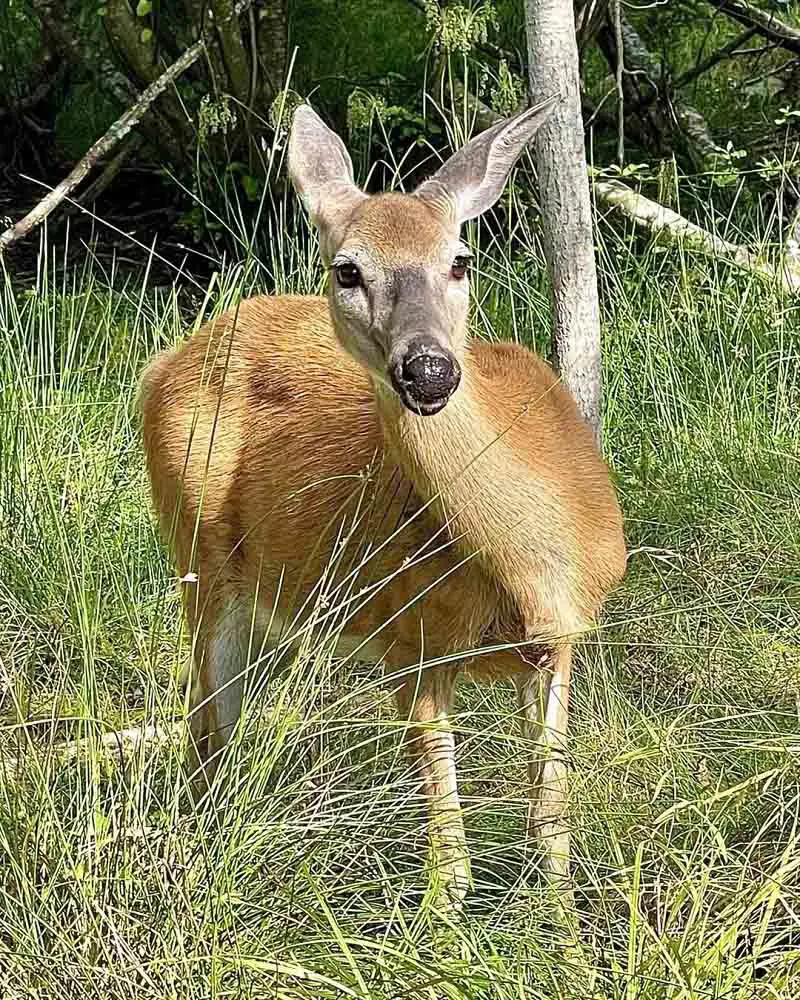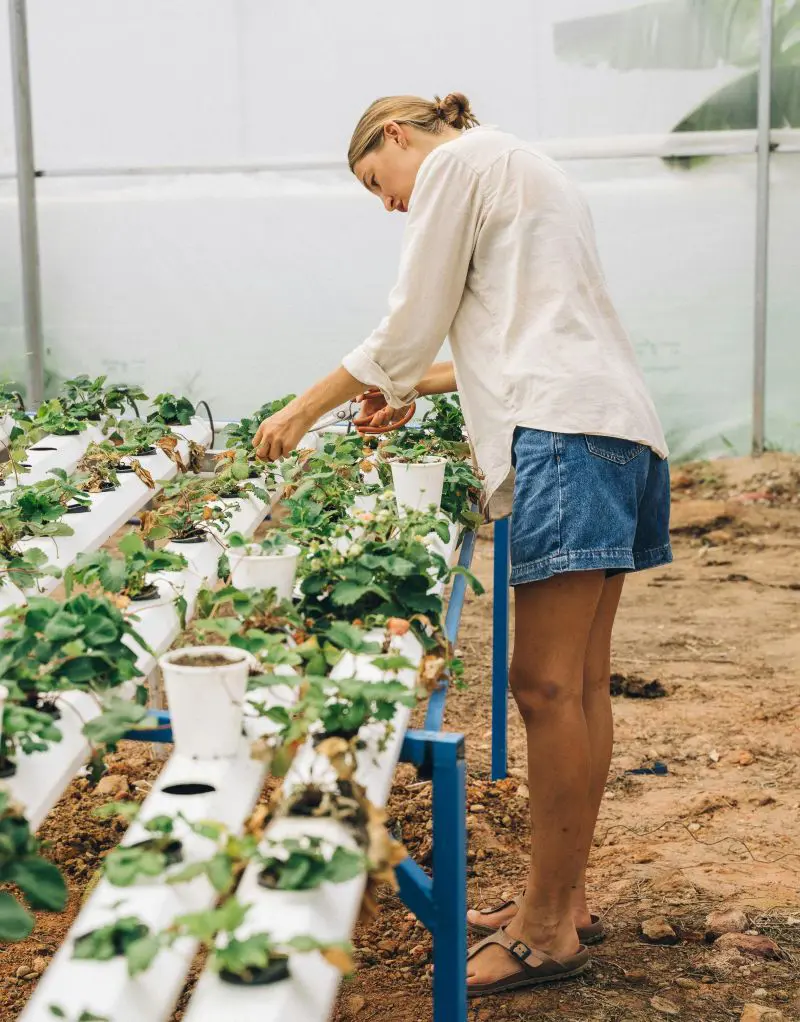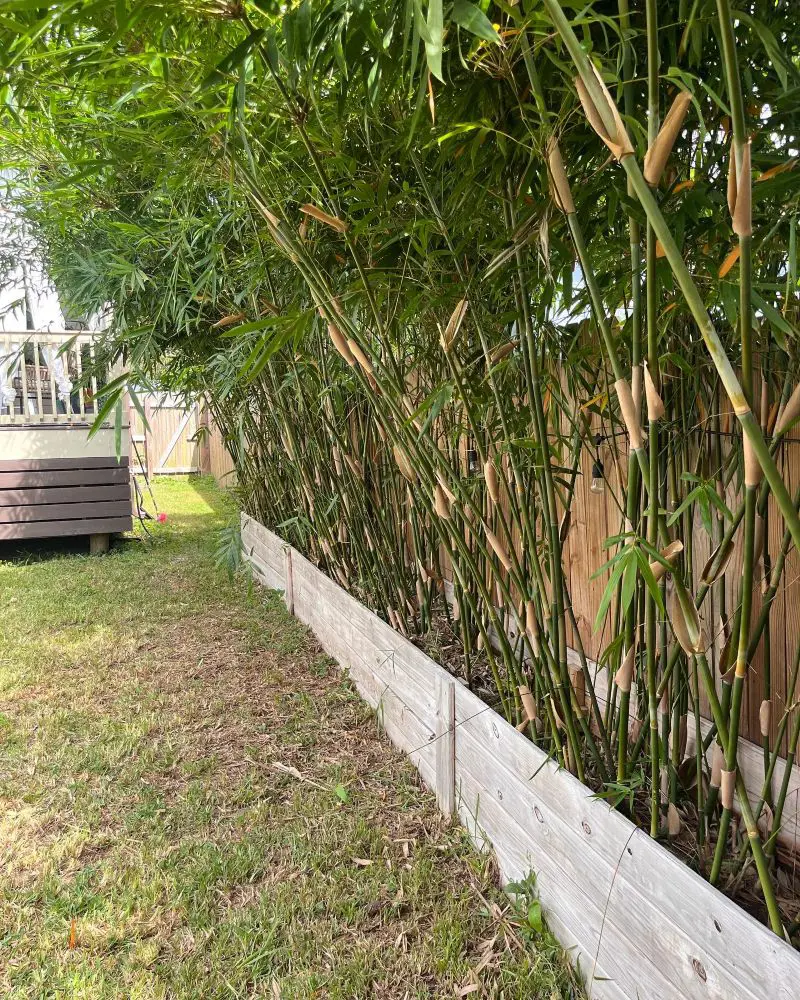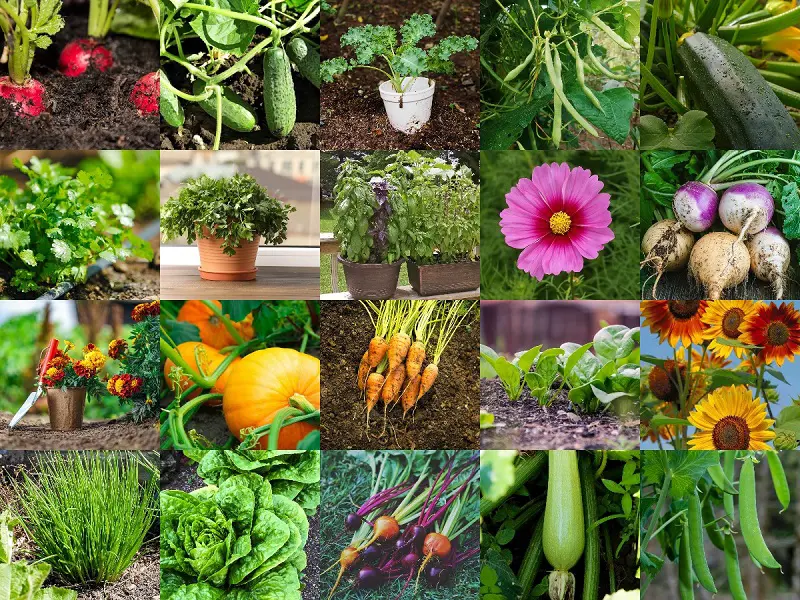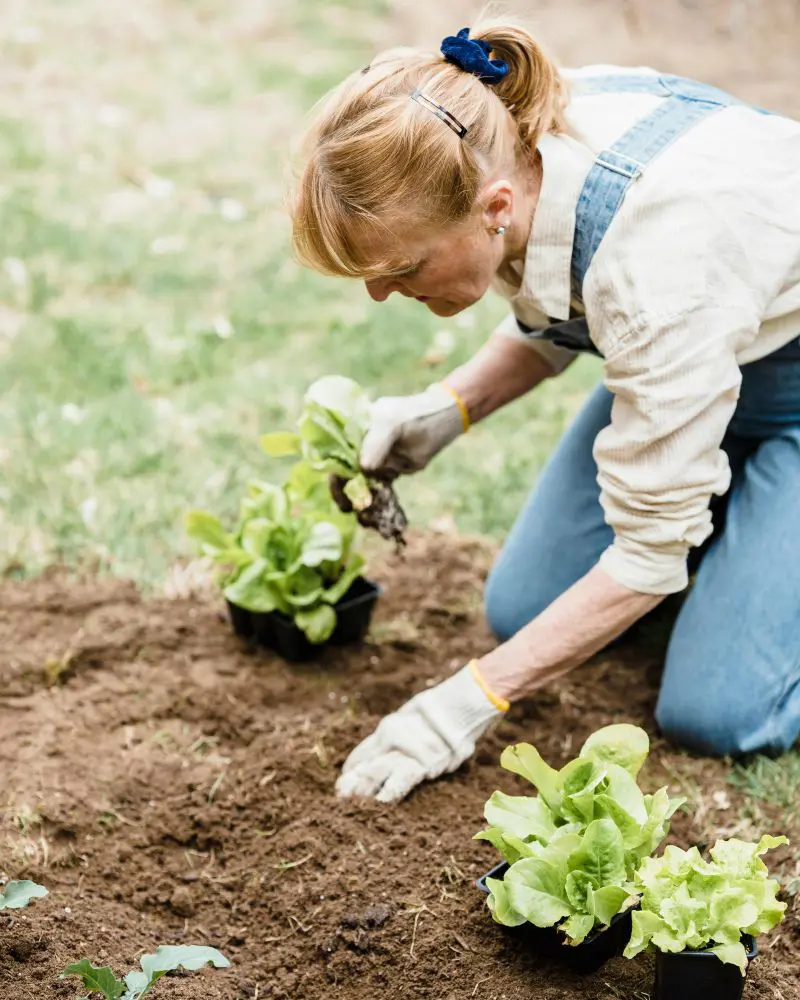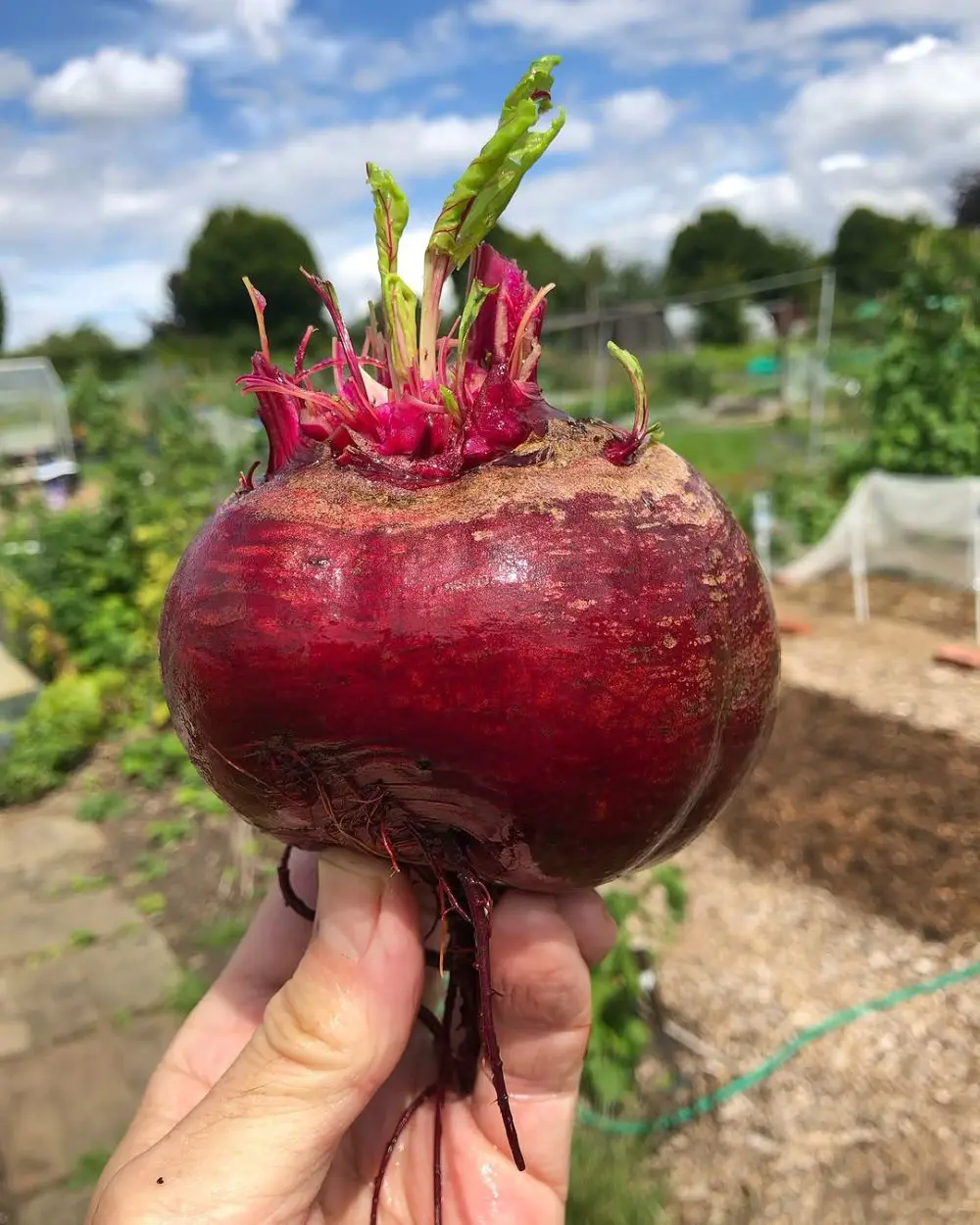Plants are intricate, many-celled bodies that are easier to classify under the Kingdom Plantae. They are uniquely recognizable by their capability to undergo photosynthesis, a process that involves the conversion of light into chemical energy for food production.
This ability sets them apart from other living organisms and is instrumental in the sustaining of life as we know it.
Structure and Function
Many plants have body parts that support specific activities needed within their life processes.
- Roots: The part of a plant which grows downward into the soil and draws up water and dissolved minerals is roots. They also help in storage of energy and support structural balance of the plant. The root system may be a fibrous root system or a tap root system based on the type of the plant.
- Stems: The stem helps in holding up the plant and also moves water and nutrients between the root system and the aerial parts of the plant. It also contains vascular tissues known as xylem and phloem, which enable this transport process. Stems may be herbaceous, thin or thick, soft or hard depending on the texture of the plant.
- Leaves: Closely associated with the photosynthetic process are leaves. They have chlorophyll which is the green element that incorporates light energy into the photosynthesis process. Most are green triangular lamina with differentiated structure consisting of veins for transportation of nutrients and water.
- Flowers and Reproduction: Flowers are special structures derived from different organs in the flowering plants that are involved in sexual reproduction. It can have petal, seal, stamen and pistil parts as well depending on its type. They make pollination and production of seeds possible with much easy. Some of the lowest plants in the classification include the ferns, mosses, and other plants that reproduce through spores.
Photosynthesis
Photosynthesis is the procedure that is used by plants to transform light energy into a chemical energy source. Sun power, through chlorophyll, plants assimilate C02 and water and convert them into food substance known as glucose and oxygen.
This process does not only supply energy for growth of plants and but it also emits oxygen into the atmosphere which is necessary for existence of most life forms.
Diversity
There is a remarkable plant variety, from the smallest mosses to the largest trees such as redwoods. They are found in diverse habitats ranging from deserts, rain forests, and even water bodies.
Some plants for instance cactus have got some special characteristics namely thick waxy skin and root systems. While flowers can grow under water, some water plants may have floating leaves and possess air cavities to support buoyancy.
Ecosystems
They are essential for any ecosystems that exist on land. They release oxygen which is helpful to most forms of life. Plants are used by animals for food and shelter, aid in the process of evaporation and transpiration, and reduce erosion. These species have their unique function of sustaining the ecosystem and preserving the bio-diversity.
